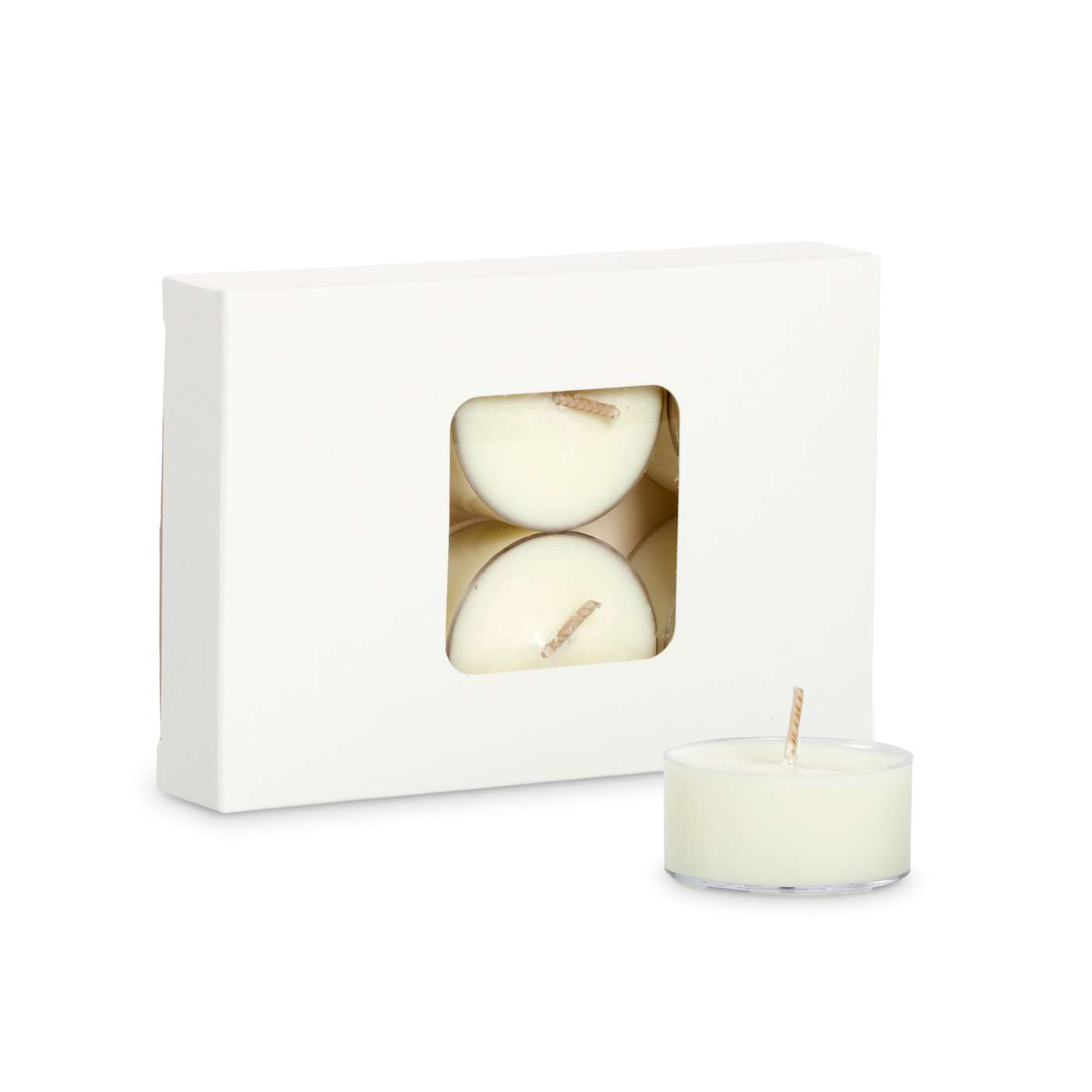Change Your Home with Eco-Friendly Soy Candles and Home Fragrance
Change Your Home with Eco-Friendly Soy Candles and Home Fragrance
Blog Article
From Wick to Wax: Understanding the Chemistry Behind Soy Wax Candles and Their Ecological Effect
As we illuminate our rooms with the warm glow of candle lights, there exists a world of elaborate chemistry behind the apparently easy act of lighting a soy wax candle. Join us as we untangle the scientific intricacies behind soy wax candle lights and explore their ramifications on our setting.
Soy Wax Vs. Paraffin Wax
When contrasting soy wax and paraffin wax for candle production, it is vital to recognize the distinct features and benefits of each material. Soy wax is a natural, renewable energy acquired from soybean oil, making it environment-friendly and eco-friendly - soy candles. In comparison, paraffin wax is a by-product of oil refining, which elevates concerns concerning its ecological effect and sustainability
Soy wax candles shed cleaner and produce much less residue contrasted to paraffin wax candle lights, making them a healthier choice for indoor air high quality. In addition, soy wax has a reduced melting point, permitting for a longer-lasting candle light that spreads fragrance more successfully. Paraffin wax, on the other hand, has a tendency to melt faster and much less cleanly, potentially releasing harmful chemicals right into the air.
From a sustainability viewpoint, soy wax is favored for its biodegradability and sustainable sourcing, lining up with the expanding consumer preference for environmentally aware items. While paraffin wax has been a standard selection in candle light making due to its price and simplicity of usage, the shift towards environmentally friendly options like soy wax is obtaining energy in the sector.
Chemical Make-up of Soy Wax

Burning Process in Soy Candles
The chemical composition of soy wax straight affects the burning procedure in soy candles, affecting elements such as shed time, scent launch, and environmental impact. When a soy candle light is lit, the warmth from the fire melts the wax near the wick.
The burning effectiveness of soy candles is influenced by the pureness of the soy wax and the high quality of the wick. A clean-burning soy candle with an effectively sized wick will certainly reduce and produce a constant fire residue development. This not just extends the melt time of the candle light yet also improves the release of fragrances. Furthermore, soy wax candles have a lower environmental influence contrasted to paraffin candles because of their eco-friendly and sustainable nature.

Environmental Benefits of Soy Wax

Considered a sustainable option to standard paraffin wax, soy wax uses remarkable environmental benefits that make it a preferred option among eco-conscious customers. One significant benefit of soy wax is its sustainable sourcing. important site Soy wax is obtained from soybean oil, which is mainly cultivated in the United States. The cultivation of soybeans helps support local farmers and lowers the dependence on non-renewable fossil gas used in paraffin wax manufacturing. Furthermore, soy wax is biodegradable, indicating it damages down normally without releasing hazardous contaminants right into the setting. This particular makes soy wax candle lights a much more eco-friendly option compared to paraffin wax candles, which are made from petroleum, a non-renewable source. Moreover, soy wax burns cleaner and visit their website generates less soot than paraffin wax, adding to better interior air quality and reducing the requirement for cleansing and maintenance. On the whole, the environmental advantages of soy wax align with the growing demand for green and lasting items in the market.
Recycling and Disposal Factors To Consider
Recycling and appropriate disposal of soy wax candles play an essential role in preserving ecological sustainability and minimizing waste in families and neighborhoods. When it pertains to recycling soy wax candle lights, the primary step is to make certain that the candle light has actually shed completely. This can be accomplished by enabling the candle light to melt until the wick is no more usable, and after that letting the continuing to be wax cool and solidify. When the wax has actually strengthened, it can be very carefully eliminated from the container.

In terms of disposal, if recycling is not an option, soy wax candles are biodegradable and can be safely gotten rid of in a lot of household waste systems. Nonetheless, it is constantly advised to examine with regional reusing facilities or waste monitoring solutions for particular guidelines on candle light disposal to guarantee correct handling and environmental management.
Conclusion
In final thought, the chemistry behind soy wax candle lights exposes their environmental advantages over paraffin wax candle lights. Soy wax, obtained from soybean oil, burns cleaner and generates less soot when compared to paraffin wax.
When contrasting soy wax and paraffin wax for candle light production, it is crucial to comprehend the distinct features and advantages of each material (home fragrance).Soy wax candle lights shed cleaner and give off much less residue contrasted to paraffin wax candles, making them a healthier selection for interior air top quality.Taken into go to these guys consideration a sustainable choice to traditional paraffin wax, soy wax provides significant environmental advantages that make it a popular selection amongst eco-conscious consumers. Soy wax burns cleaner and produces much less soot than paraffin wax, contributing to far better interior air quality and decreasing the need for cleansing and upkeep.In final thought, the chemistry behind soy wax candle lights discloses their environmental benefits over paraffin wax candles
Report this page